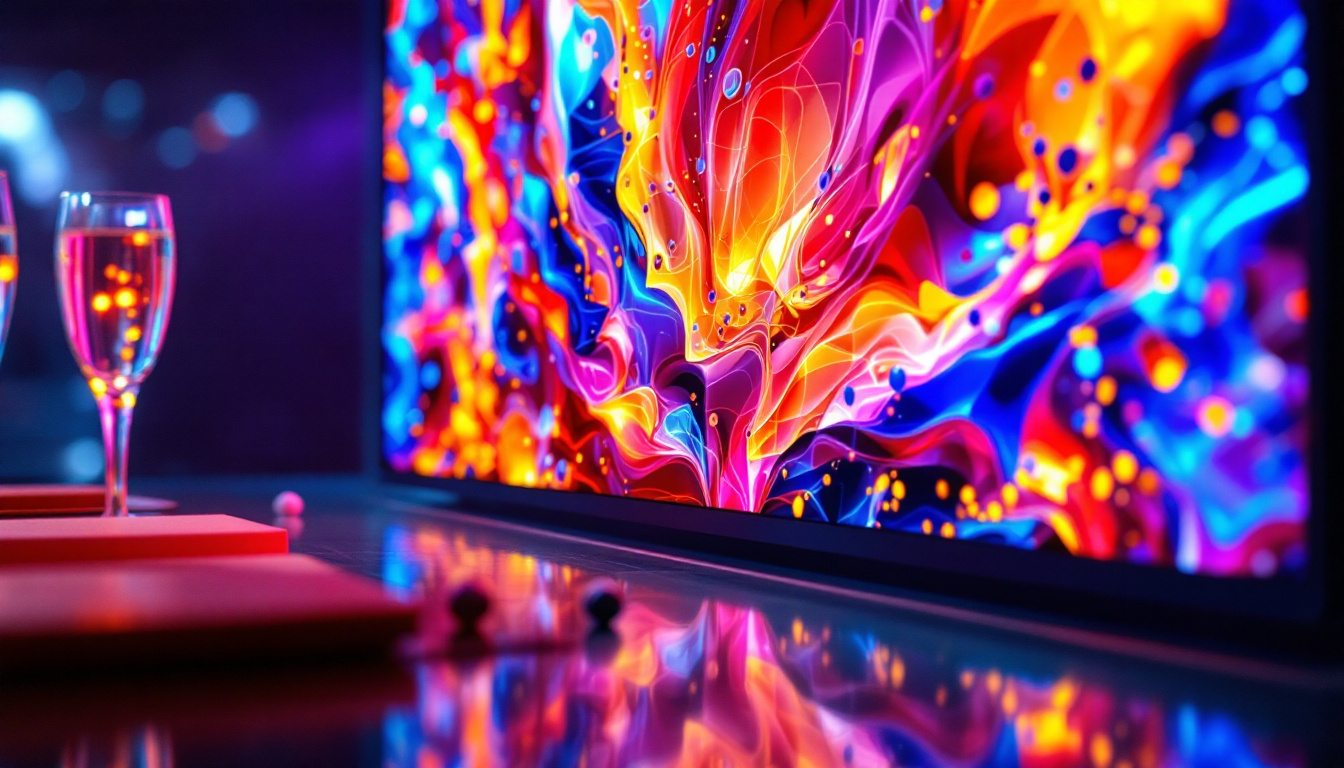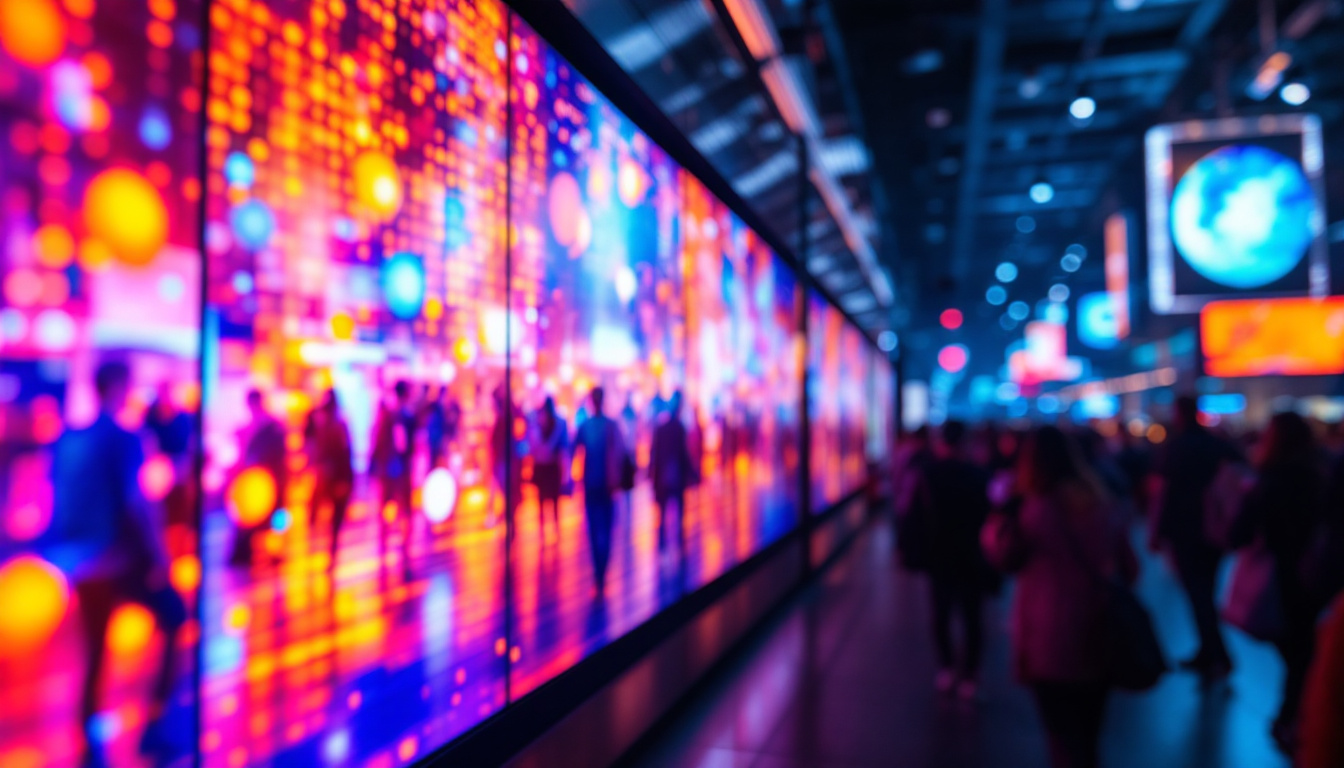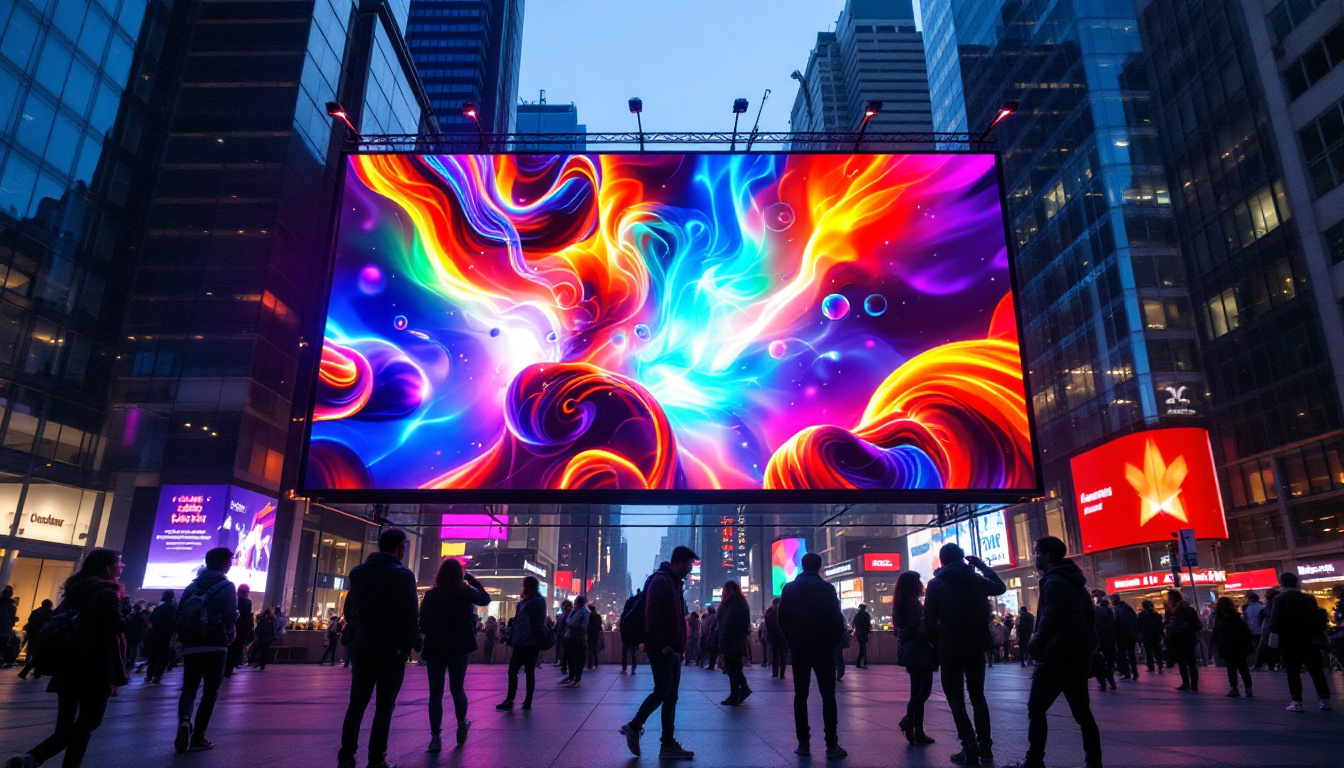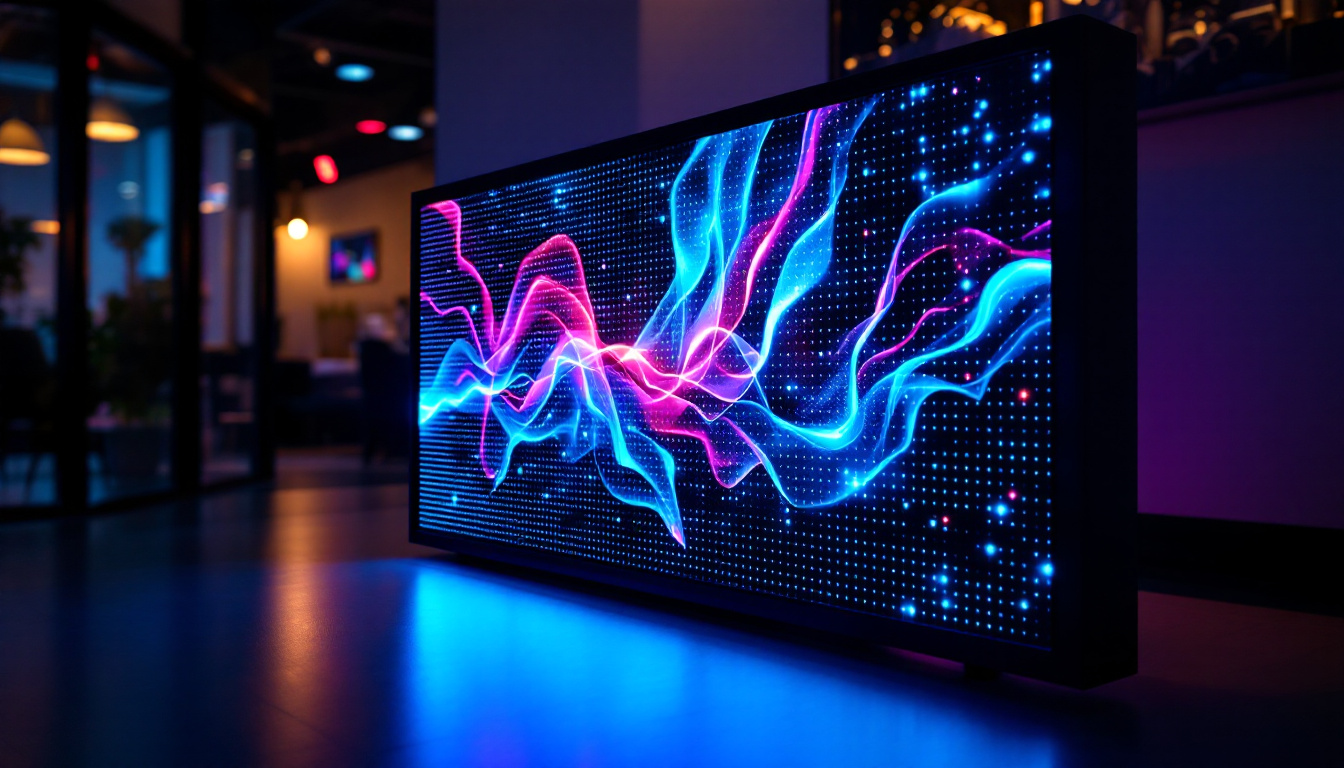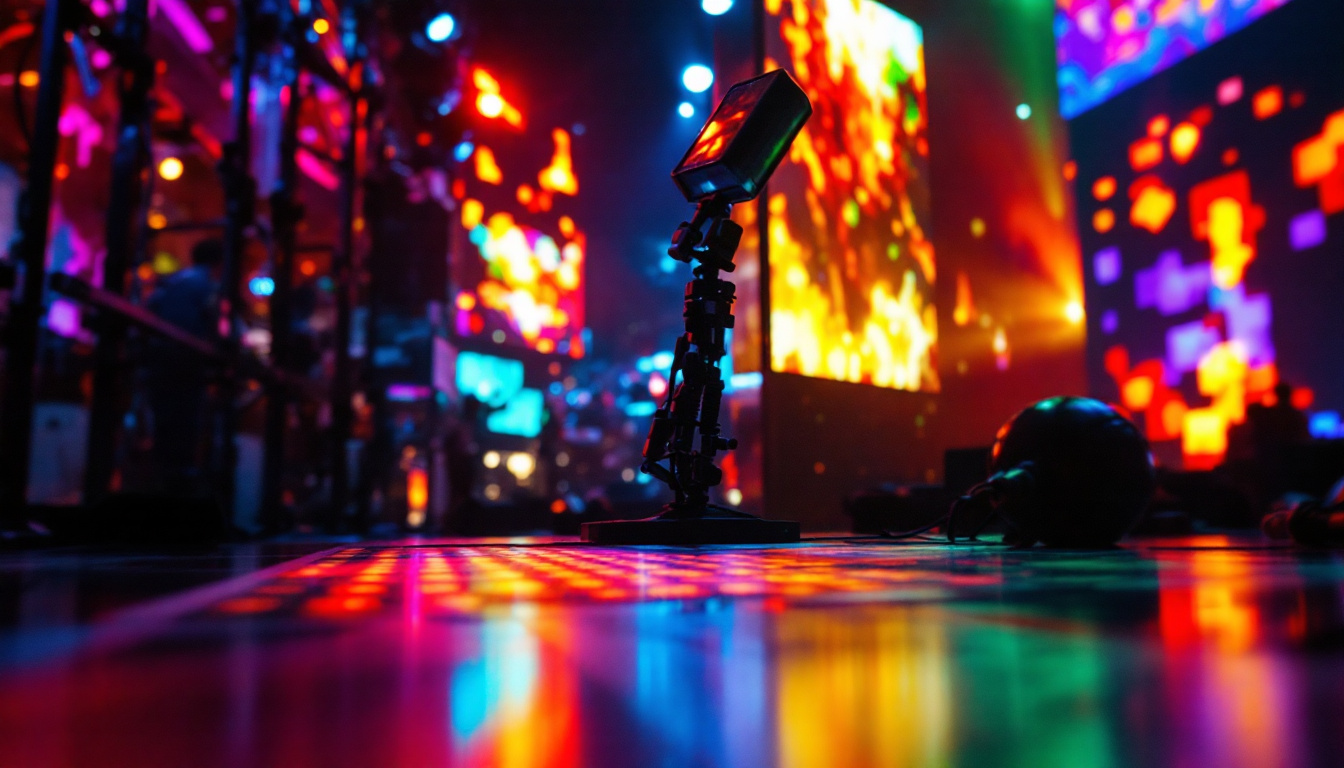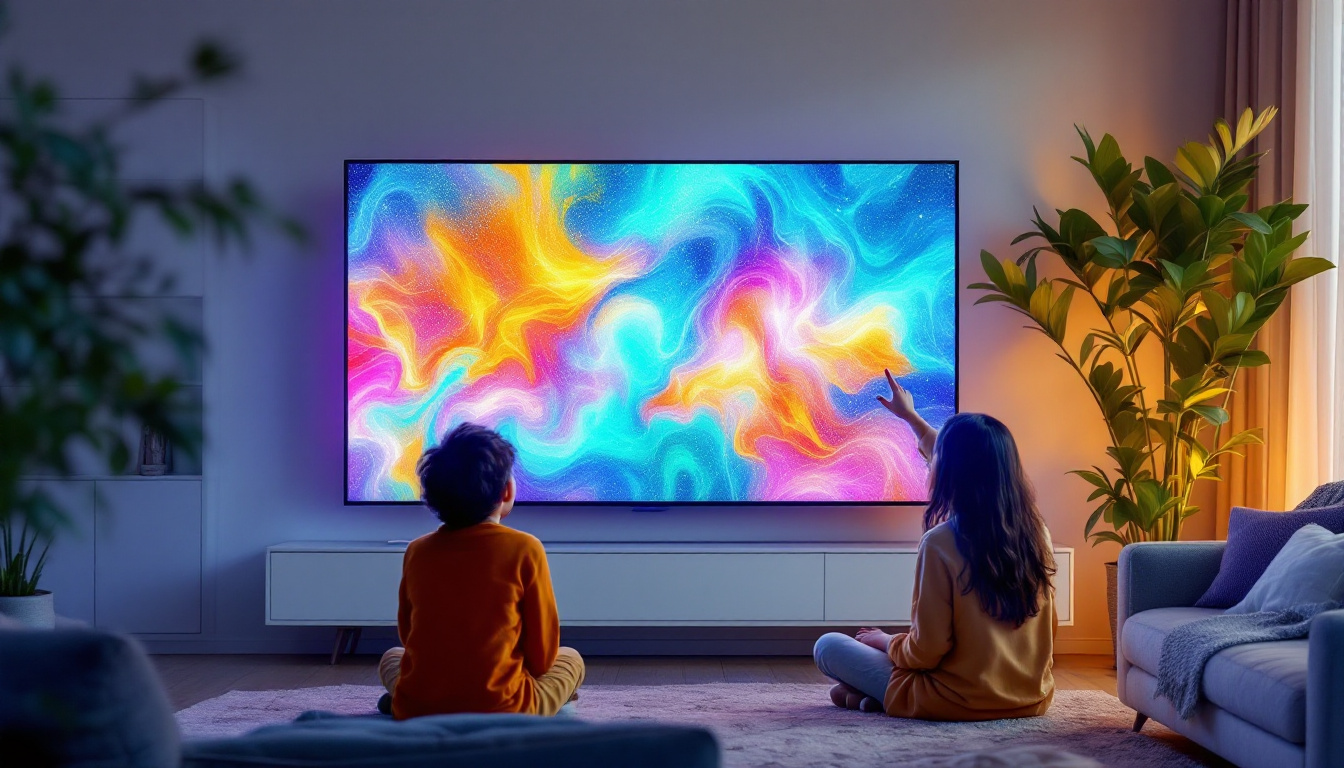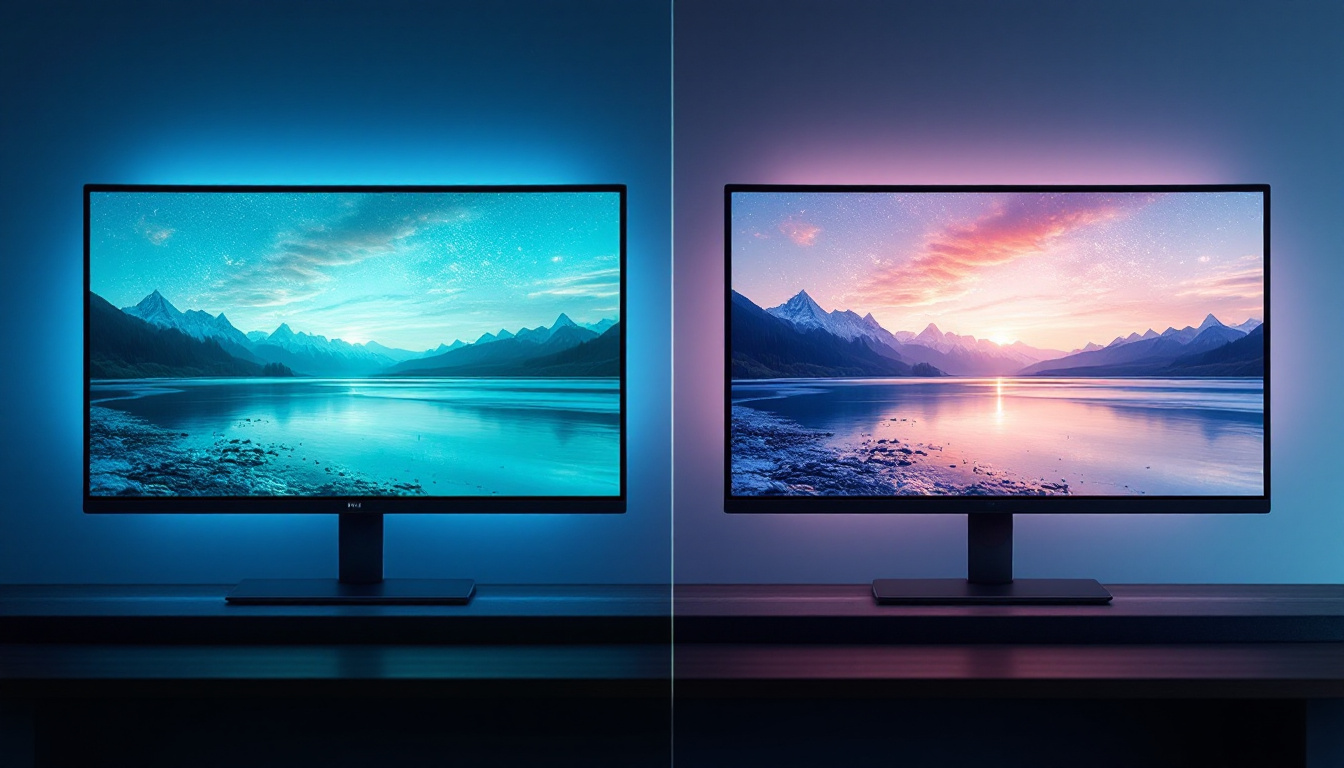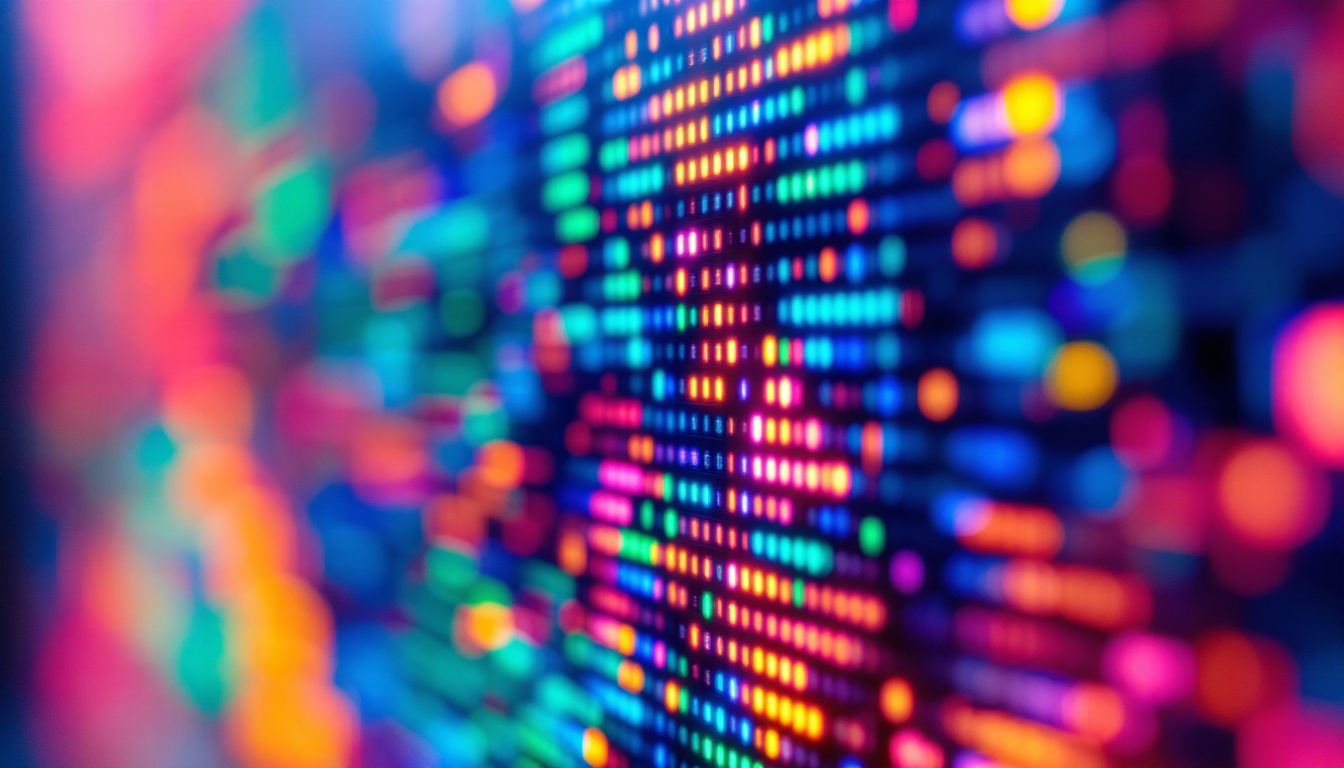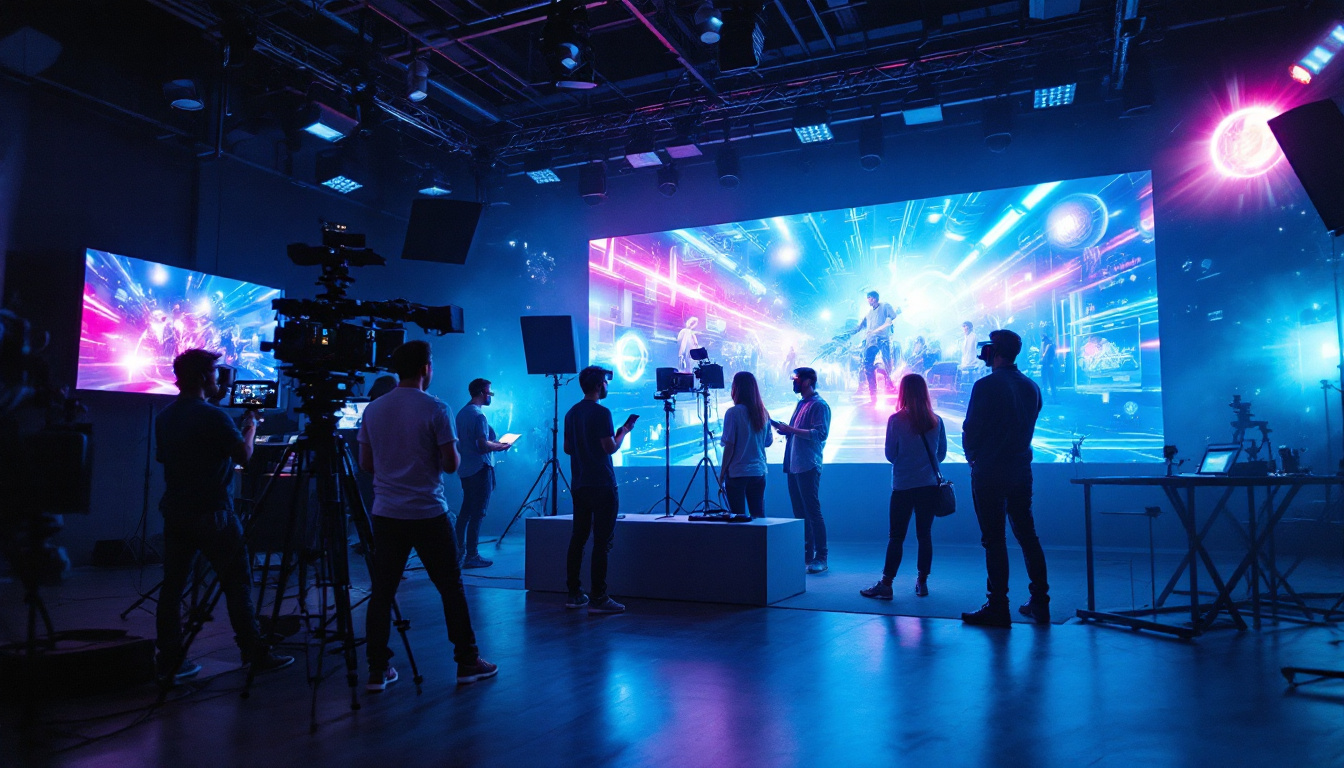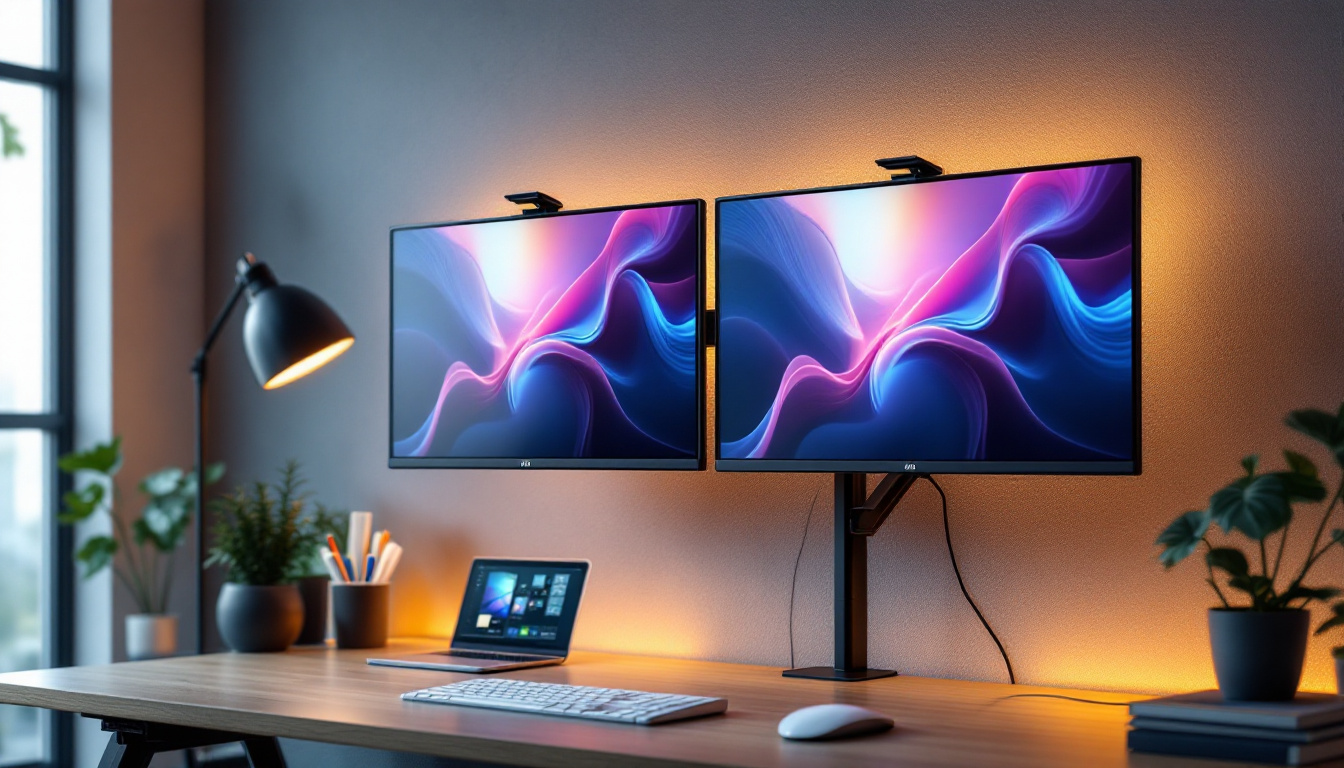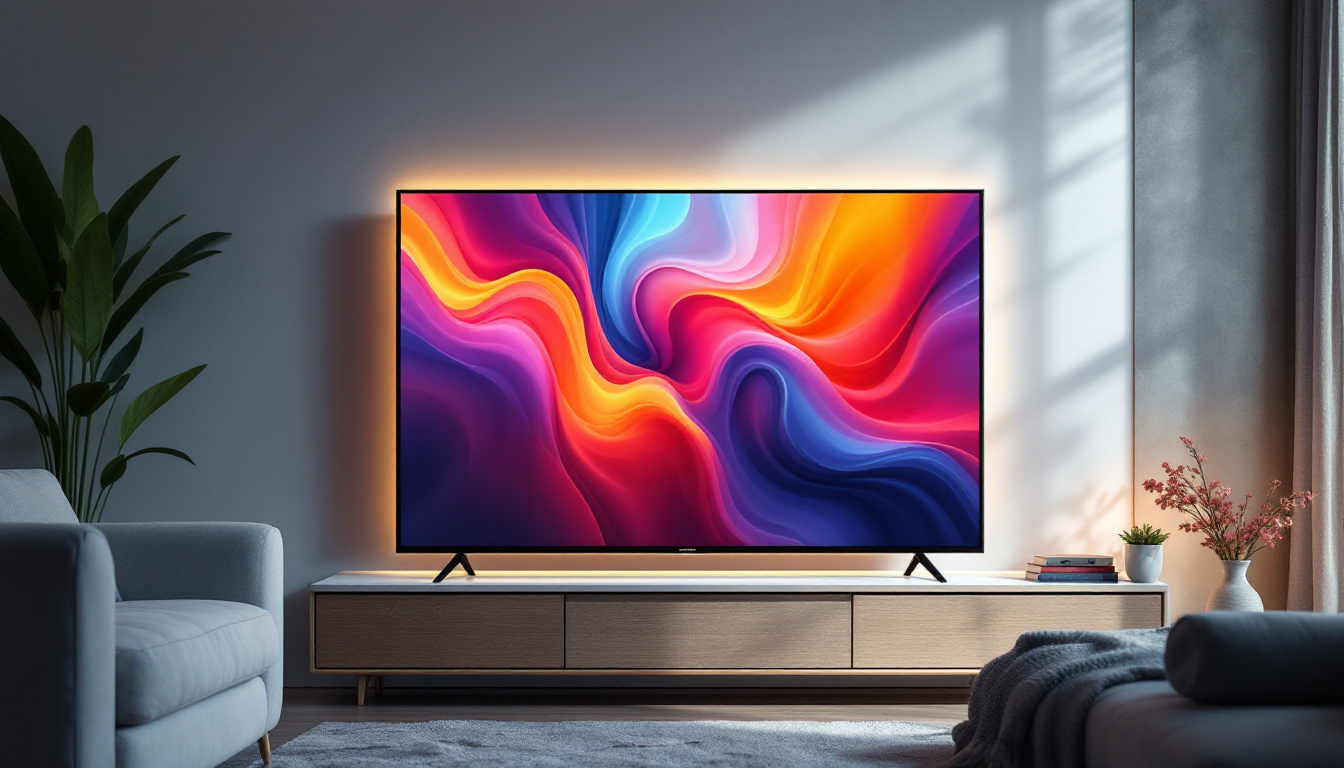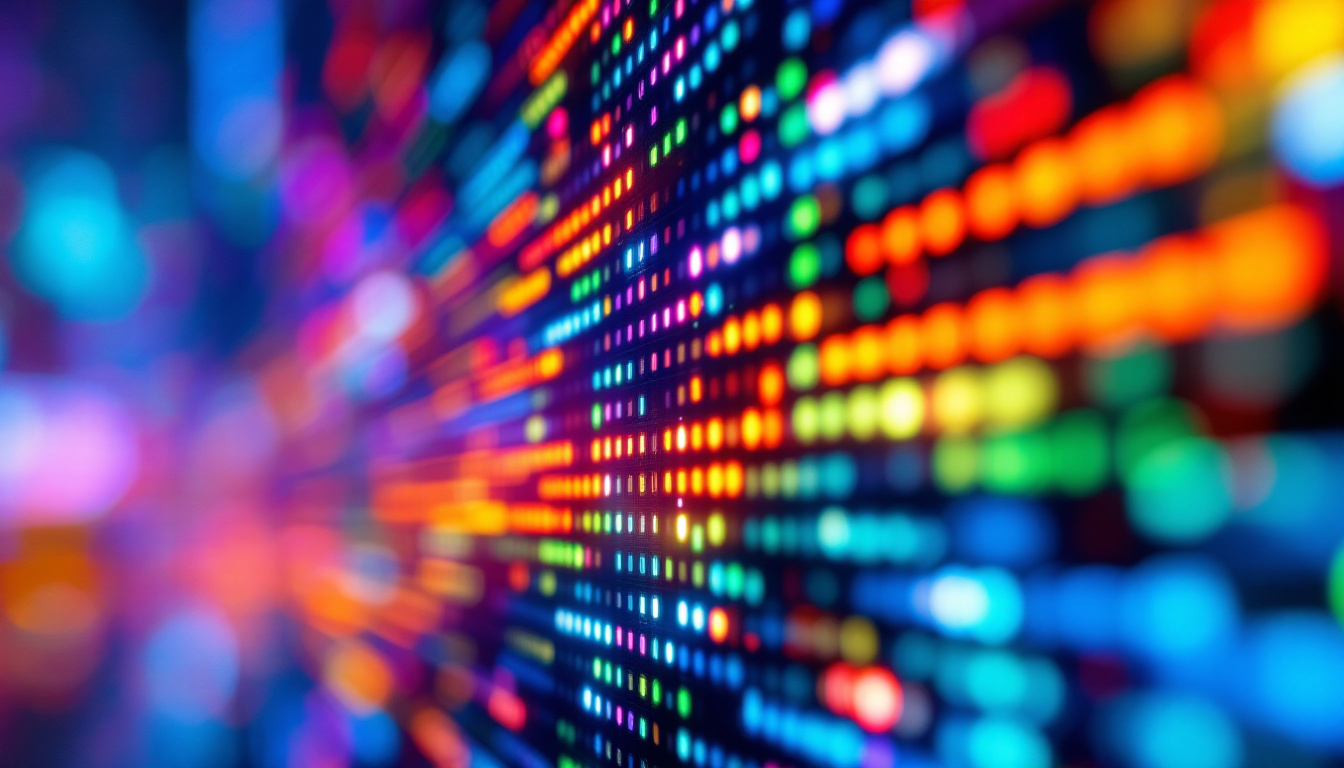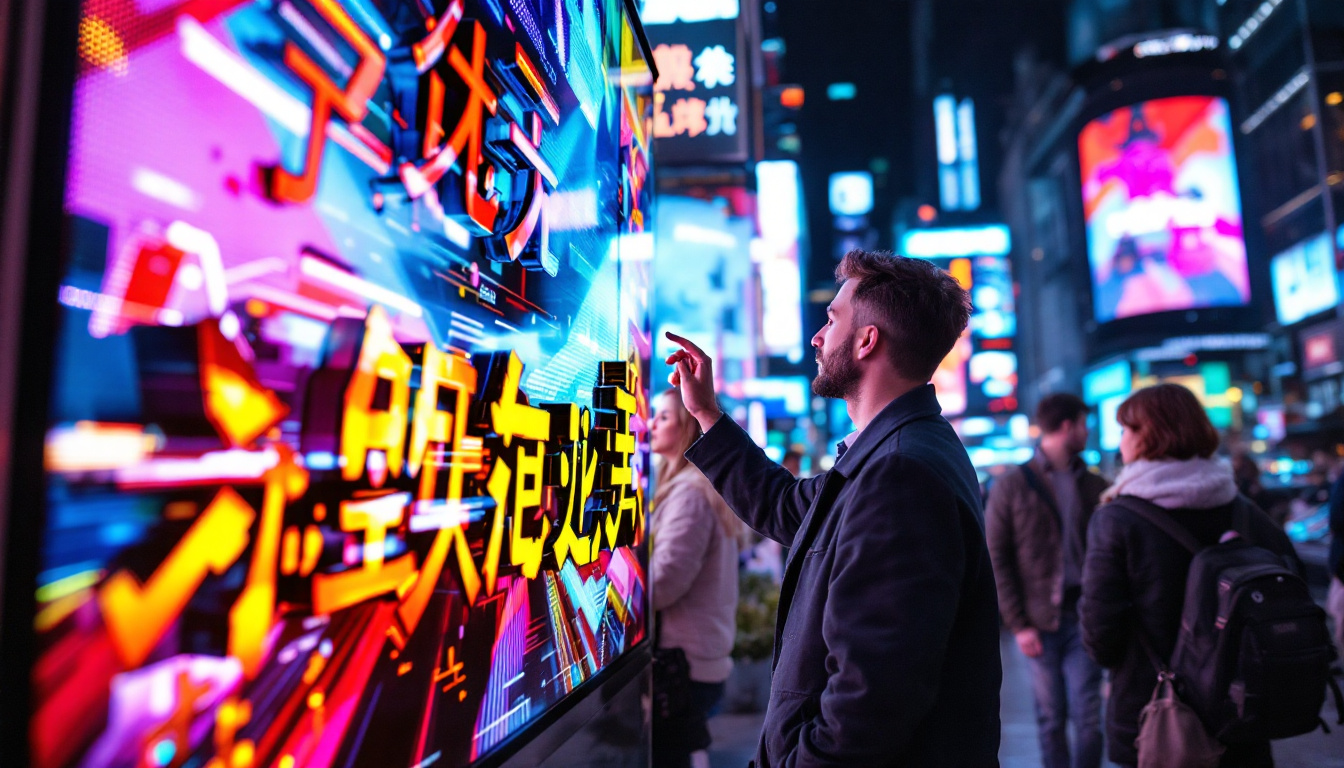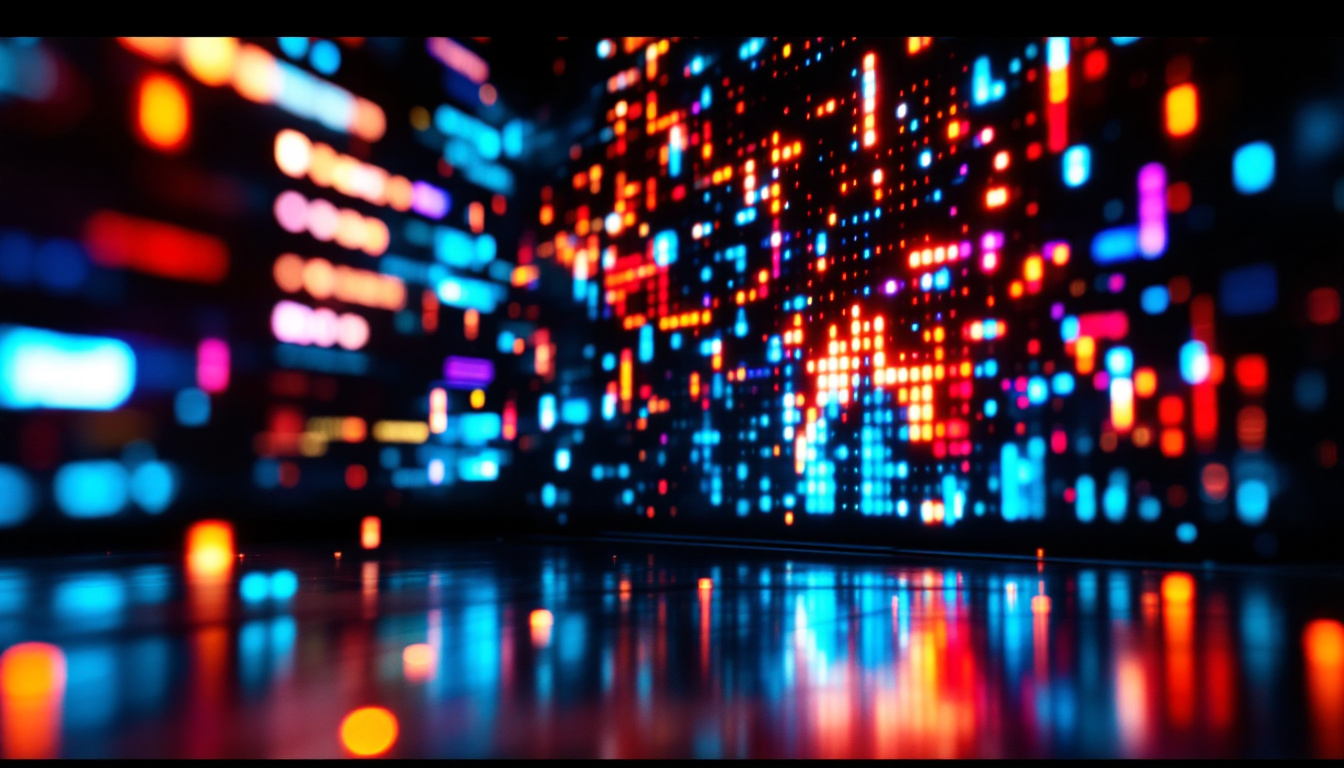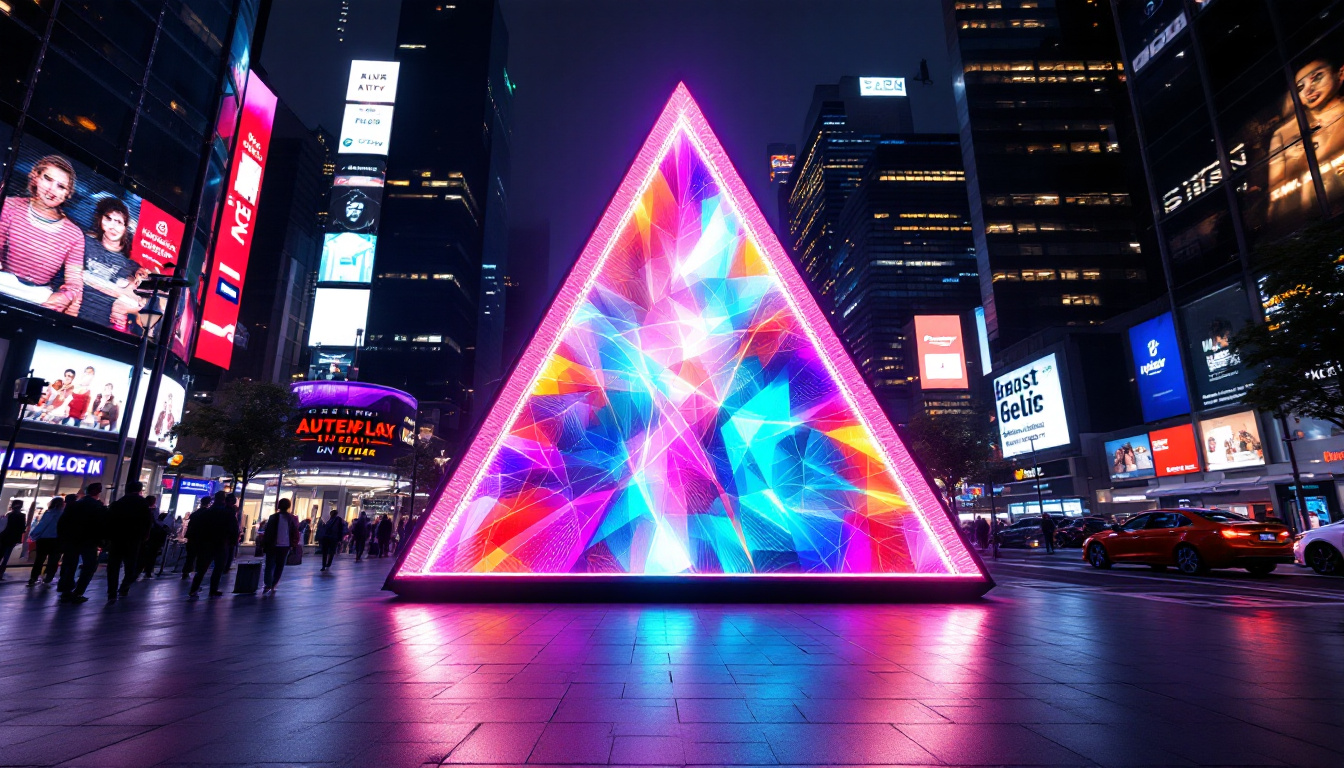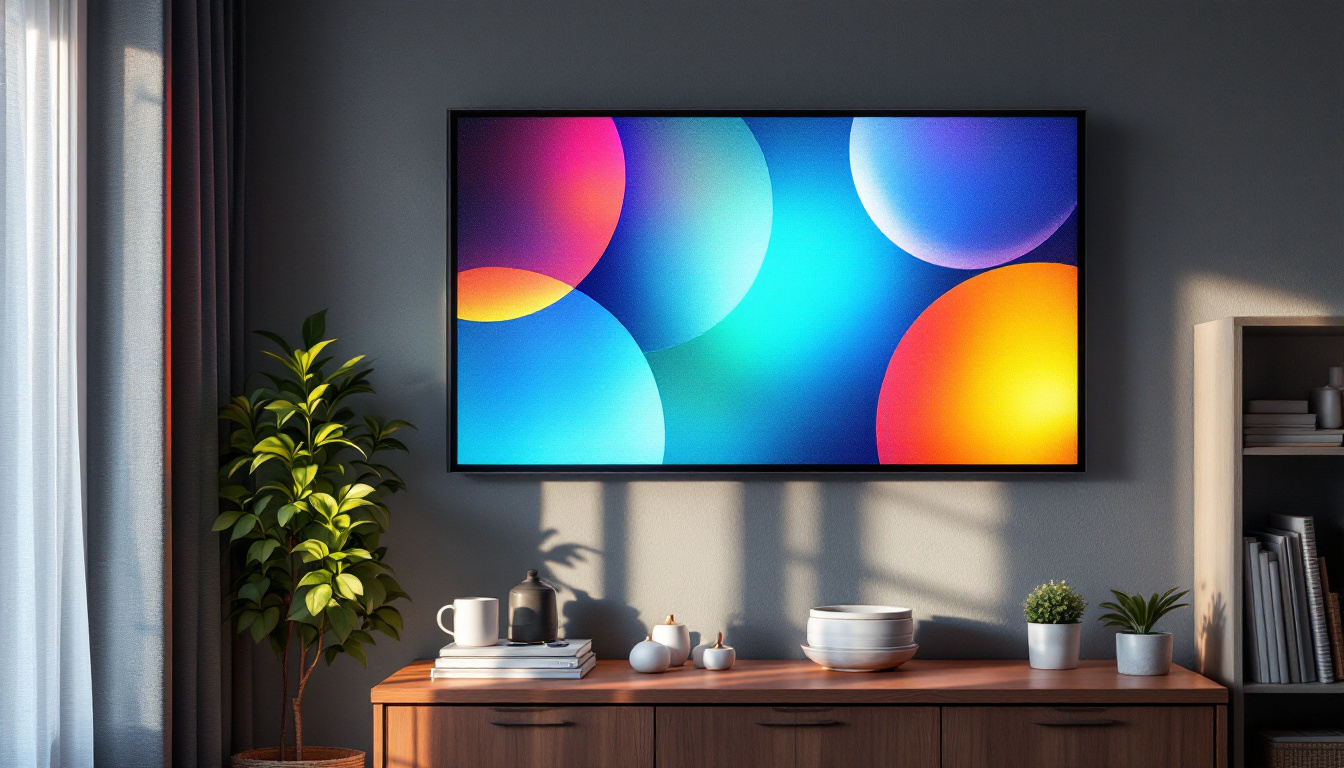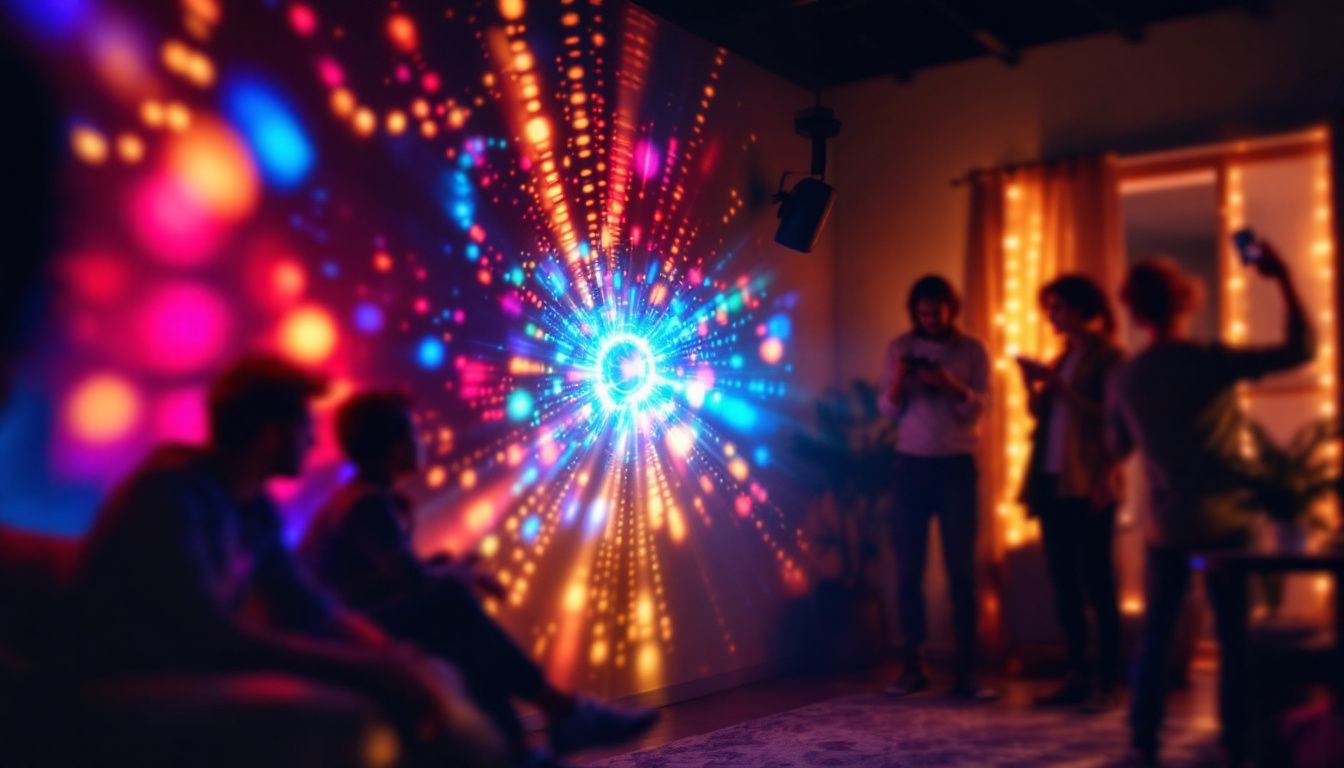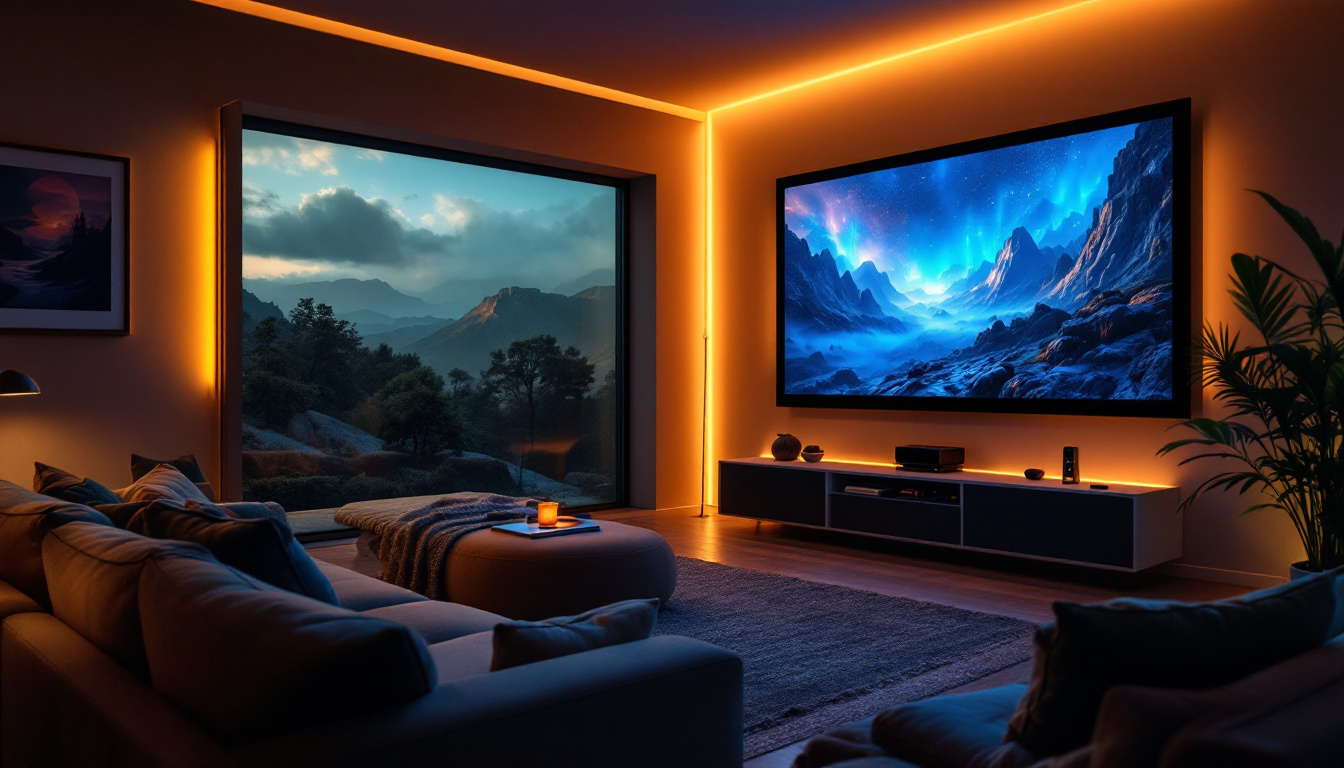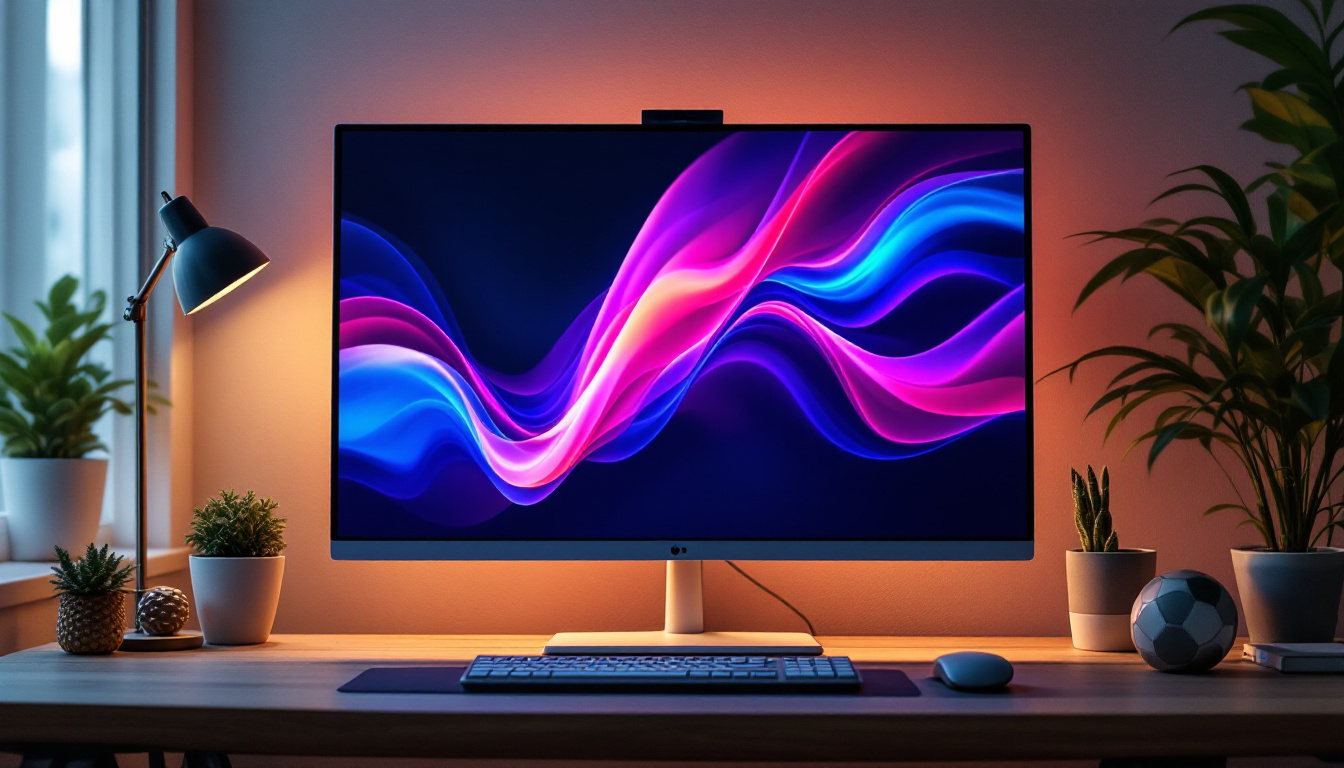In the realm of modern technology, the evolution of display systems has been nothing short of revolutionary. Among these advancements, the 3D Ecran, or 3D screen, utilizing LED display technology, stands out for its ability to create immersive visual experiences. This article delves into the intricacies of 3D Ecran technology, exploring its components, applications, and the future it holds.
Understanding LED Technology
Light Emitting Diodes (LEDs) have transformed the way images are displayed across various devices. Unlike traditional display technologies, LEDs offer several advantages, including energy efficiency, brightness, and longevity. But what exactly makes LED technology suitable for 3D displays?
The Basics of LED Displays
At its core, an LED display consists of numerous tiny light-emitting diodes that work in unison to produce images. These diodes can emit various colors by combining red, green, and blue lights, allowing for a wide range of colors and shades. The arrangement of these diodes in a grid format creates a pixelated image, which can be manipulated to display dynamic content.
LED displays are categorized into two primary types: direct-view and backlit. Direct-view LED displays use individual LEDs to form the image, while backlit displays utilize LEDs behind an LCD panel to enhance brightness and color accuracy. The choice between these types depends on the desired application and environment. For instance, direct-view LED displays are often favored for large outdoor billboards and stadium screens due to their ability to deliver vibrant images even in bright daylight, while backlit displays are commonly used in televisions and computer monitors where color fidelity is paramount.
Advantages of LED Technology
One of the most significant advantages of LED technology is its energy efficiency. LED displays consume less power compared to traditional displays, making them an environmentally friendly option. Additionally, they offer superior brightness, which is crucial for outdoor applications where sunlight can wash out images on less capable screens.
Moreover, LED displays have a longer lifespan, often exceeding 50,000 hours. This durability reduces maintenance costs and the frequency of replacements, making them a cost-effective solution in the long run. The robustness of LED technology also means that they are less prone to damage from shocks and vibrations, making them ideal for mobile applications and installations in high-traffic areas. Furthermore, advancements in LED technology have led to the development of flexible and transparent displays, opening up new possibilities for innovative design in architecture and advertising. These cutting-edge applications not only enhance aesthetic appeal but also allow for seamless integration into various environments, from storefronts to public installations.
The Mechanics of 3D Ecran
3D Ecran technology takes LED displays a step further by introducing depth perception, allowing viewers to experience images in three dimensions. This technology relies on various techniques to create the illusion of depth, enhancing the overall viewing experience.
How 3D Perception is Achieved
There are two primary methods to achieve 3D effects in displays: stereoscopic and autostereoscopic techniques. Stereoscopic displays require viewers to wear glasses that filter the images presented to each eye, creating a sense of depth. In contrast, autostereoscopic displays do not require glasses and use advanced optics to direct different images to each eye, allowing for a more natural viewing experience.
Both methods have their advantages and disadvantages. Stereoscopic displays are often more accessible and can create highly detailed 3D effects, while autostereoscopic displays offer greater convenience and comfort for the viewer. Furthermore, the choice between these methods can significantly impact the design and application of 3D Ecran technology, influencing everything from consumer electronics to large-scale advertising displays. As the technology continues to evolve, we may see hybrid systems that combine the strengths of both techniques, providing an even richer visual experience.
Components of a 3D LED Display
A 3D Ecran comprises several key components that work together to produce high-quality visuals. These include the LED matrix, a control system, and specialized software to render 3D images. The LED matrix is responsible for displaying the images, while the control system ensures synchronization between the content and the display.
Additionally, the software plays a crucial role in processing the 3D content, converting standard images into a format suitable for 3D viewing. This involves complex algorithms that analyze depth information and adjust the images accordingly. The integration of machine learning techniques into this software is an exciting development, allowing for real-time adjustments based on viewer position and behavior. Such advancements can lead to more immersive experiences, where the display adapts dynamically to the audience, enhancing engagement and interaction. Moreover, the potential applications of 3D Ecran technology are vast, ranging from gaming and virtual reality to medical imaging and architectural visualization, showcasing its versatility and transformative power in various fields.
Applications of 3D Ecran Technology
The versatility of 3D Ecran technology has led to its adoption across various industries. From entertainment to education, the applications are vast and continually expanding.
Entertainment and Gaming
In the entertainment industry, 3D Ecran technology enhances the viewing experience in cinemas and home theaters. Films shot in 3D create a more immersive environment, drawing audiences into the story. Similarly, video games leverage 3D displays to provide players with a more engaging experience, allowing them to navigate virtual worlds with greater depth and realism.
Moreover, theme parks and attractions utilize 3D Ecran technology in rides and exhibits, creating captivating experiences that leave lasting impressions on visitors. The combination of motion and 3D visuals can transport individuals to entirely new realms. For instance, popular attractions may incorporate 3D Ecran technology to simulate thrilling adventures, such as flying through fantastical landscapes or embarking on epic quests. This not only enhances the entertainment value but also encourages repeat visits as guests seek to relive these exhilarating experiences.
Education and Training
3D Ecran technology is also making waves in the education sector. Educational institutions are increasingly adopting 3D displays to enhance learning experiences. Subjects such as biology, physics, and architecture benefit significantly from 3D visualizations, allowing students to grasp complex concepts more easily.
In training environments, particularly in fields like medicine and aviation, 3D displays are invaluable. They provide realistic simulations that help trainees develop skills in a safe and controlled environment. This hands-on approach to learning can lead to better retention of information and improved performance in real-world scenarios. Furthermore, the integration of augmented reality (AR) with 3D Ecran technology allows students and trainees to interact with virtual objects in real time, fostering a deeper understanding of the subject matter. For example, medical students can practice surgical techniques on 3D models, while pilots can simulate flight conditions, enhancing their preparedness for actual scenarios. This innovative use of technology not only enriches the educational landscape but also prepares the next generation for the challenges of their respective fields.
The Future of 3D Ecran Technology
As technology continues to advance, the future of 3D Ecran displays looks promising. Innovations in display technology, processing power, and content creation are paving the way for even more sophisticated 3D experiences.
Emerging Trends
One of the most exciting trends in 3D display technology is the development of holographic displays. These displays use light field technology to create true 3D images that can be viewed from multiple angles without the need for glasses. This advancement could revolutionize how 3D content is consumed, making it more accessible and engaging. Imagine walking through a museum where historical artifacts are presented in lifelike 3D, allowing visitors to view them from every angle and even interact with them in real-time. Such experiences could enhance learning and retention, making education more immersive and impactful.
Additionally, the integration of augmented reality (AR) and virtual reality (VR) with 3D Ecran technology is set to transform various industries. By combining real-world elements with digital 3D visuals, these technologies can create interactive experiences that blur the lines between reality and virtuality. For instance, in the field of architecture, clients could don AR glasses to visualize a building project in its intended environment, experiencing the scale and design in a way that traditional blueprints cannot provide. This not only aids in decision-making but also fosters a deeper connection to the project.
Challenges Ahead
Despite the promising future, several challenges remain in the widespread adoption of 3D Ecran technology. One significant hurdle is the cost of production and implementation. High-quality 3D displays can be expensive, which may limit their accessibility for some consumers and businesses. As manufacturers strive to lower costs through economies of scale, there is hope that more affordable options will emerge, allowing a broader audience to experience the benefits of 3D technology.
Furthermore, the need for compatible content is crucial. As the technology evolves, content creators must adapt their methods to produce 3D visuals that fully utilize the capabilities of these displays. This requires investment in training and resources, which can be a barrier for some industries. Moreover, the challenge of ensuring that 3D content is engaging and not merely a gimmick cannot be overlooked. Developers must focus on storytelling and user experience to create compelling narratives that resonate with audiences, ensuring that the technology is not only innovative but also meaningful and impactful in its application.
Conclusion
3D Ecran technology, powered by LED displays, represents a significant leap forward in visual technology. Its ability to create immersive experiences has found applications in various fields, from entertainment to education. As advancements continue to emerge, the potential for 3D displays is boundless, promising a future where visual experiences are more engaging and interactive than ever before.
While challenges remain, the ongoing development of 3D Ecran technology is an exciting journey that will undoubtedly shape the way we perceive and interact with digital content. As the world embraces these innovations, one can only imagine the possibilities that lie ahead in the realm of 3D displays.
Discover the Future of Visual Experience with LumenMatrix
Ready to immerse yourself in the next generation of visual technology? LumenMatrix is at the forefront of LED display innovation, offering a wide array of solutions that bring your content to life. From Indoor and Outdoor LED Wall Displays to specialized options like Vehicle, Sports, and Floor LED Displays, our products are designed to captivate and engage. Experience the transformative power of our Custom, All-in-One, and Transparent LED Displays, and see how we’re redefining visual communication. Check out LumenMatrix LED Display Solutions today and elevate your brand’s visibility with unparalleled clarity and impact.

